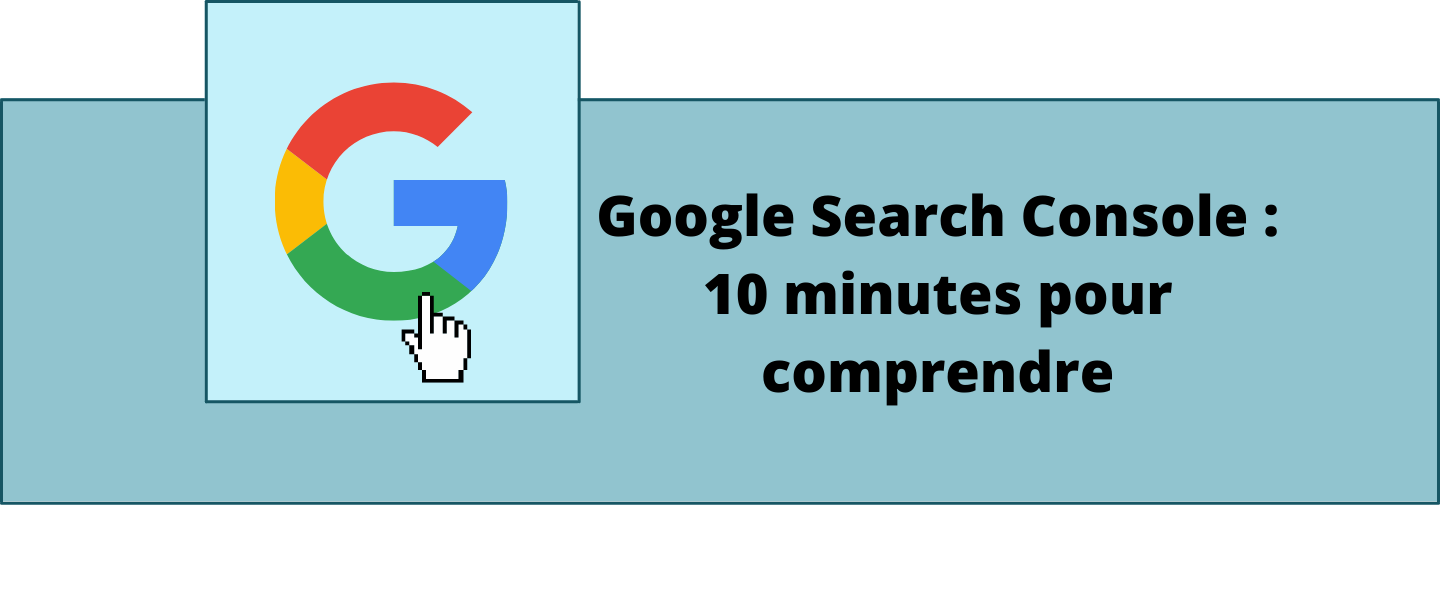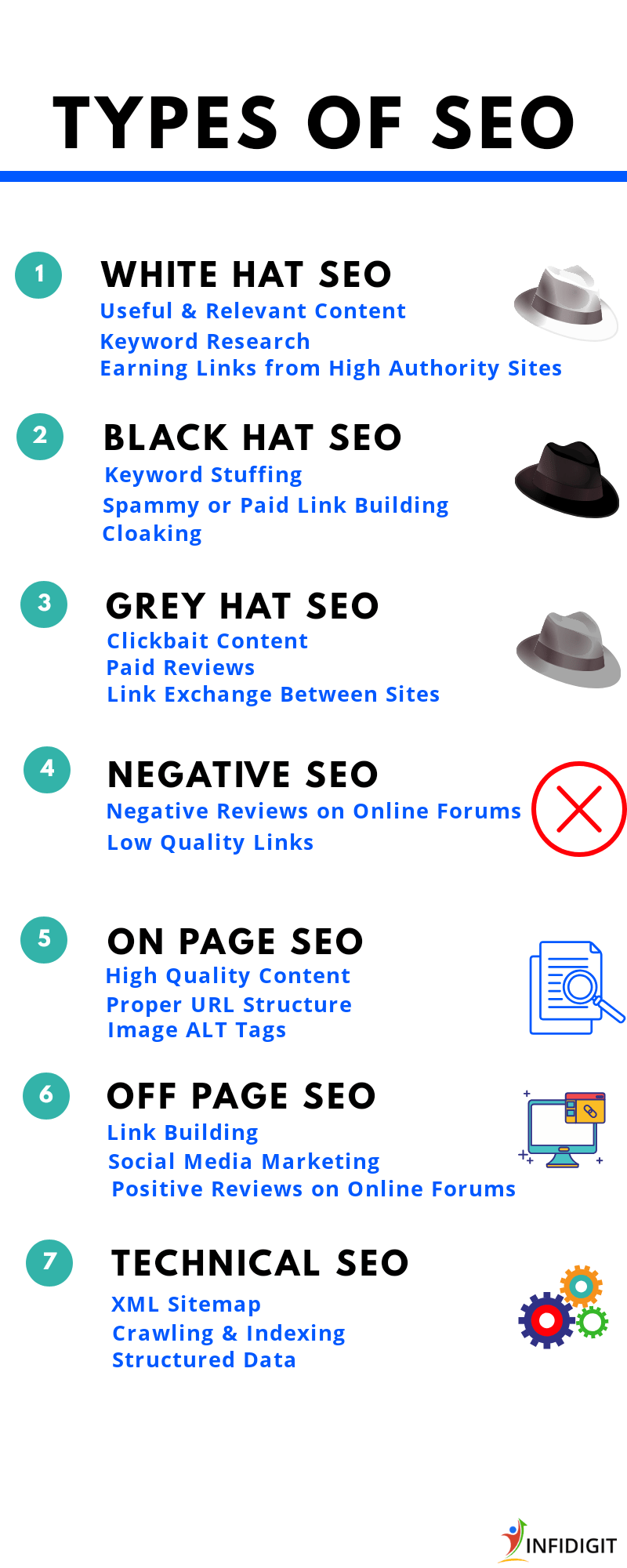
Mobile optimization can be achieved using the same SEO strategies that you use on desktop computers. Adding the most relevant keywords to your meta description and title tag is essential for search engine optimization. You should also include a brief call-to action (CTA), in your meta descriptions to encourage clicks. You can grab their attention by using emojis or relevant keywords in your content.
User-friendly Content
Optimizing your website for mobile users requires a few additional steps. First, ensure that your website is mobile-friendly. Avoid crawl errors on your website and put emphasis on the user experience. Adobe Flash must be removed as many mobile devices cannot support it. Make sure your site is clear and easy to navigate, including large tap targets. It is important that your text is large enough for readers to understand and you use a clear font. Because mobile users are more likely to search for information on the internet, your content should be optimized for them.
Page speed
The experience on a mobile device is completely different than a desktop. Users are looking for information that is available immediately, and a slow site will result in a bounce. Optimizing your website for mobile speed is essential. Google PageSpeed Insights allows you to test your page's speed on different devices. A mobile-friendly website is easier to load for mobile users. It will also have higher conversions rates.

Canonical tags
Canonical tags can make duplicate content worse. This is one of the biggest mistakes. In actuality, the canonical URL is the target of the redirect and should not be a duplicate or nearly identical copy. Some SEOs mistakenly pass link signals with canonical tags, but this is not the best way to go about it. Learn how to use canonical tags properly in your mobile SEO strategies.
Relevant keywords
Local keywords are crucial to your SEO strategy, especially if your website is mobile. Local keywords can improve your website's ranking in local search engines. They are easily found via keyword research tools like Keyword Intelligence. Simply enter your language and location to find local keyword opportunities. The tool will then provide you with a list containing relevant keywords. Remember that local search volume can vary from one location to the next, so make sure you target keywords that are relevant to your area.
Featured Snippets on Google SERPs
Featured Snippets are content that appears at or near the top of search engine result pages (SERPs). They provide the best possible answers for users' questions. These snippets often contain content from top-ranking sites, making them ideal for reducing clicks. A featured snippet will help you jumpstart your website's search engine optimization efforts.

FAQ
Why should I use SEO?
There are several reasons why you should use SEO.
First, it helps increase the number of visitors to your website by making sure that your website appears high in search engine results.
The second benefit is that it increases conversions by making sure users find the exact information they need when they enter their search bar.
It helps customers find you online, which increases brand awareness.
Fourth, it improves user experience by allowing them to quickly navigate your website.
It builds trust with potential customers and shows that you care enough to rank well in search engines.
Are Backlink Services Worth It?
Backlink services can be used to advertise companies by buying links to their site. These links are provided by other websites, who wish to send their visitors to your site. These links can either be purchased with cash or a credit/debit card.
What is a PPC Ad?
Pay-per–click ads are text based advertisements that appear at top or bottom on a page.
These ads are extremely targeted so advertisers only pay for clicks.
PPC advertising is very similar in concept to Pay Per Call advertising. We'll talk more about this later.
Statistics
- Sean isn't alone… Blogger James Pearson recently axed hundreds of blog posts from his site… and his organic traffic increased by 30%: (backlinko.com)
- A 62.60% organic traffic boost to that page: (backlinko.com)
- If two people in 10 clicks go to your site as a result, that is a 20% CTR. (semrush.com)
- : You might have read about the time that I used The Content Relaunch to boost my organic traffic by 260.7%: (backlinko.com)
- And 90%+ of these backlinks cite a specific stat from my post: (backlinko.com)
External Links
How To
How do you create your first blog site?
It's simple! WordPress is an excellent platform for creating a blog. Users can easily edit the appearance of their blogs by adding themes, changing fonts and colors, and customizing the layout. You can also use plugins to change the appearance of your website based on visitor activity.
There are many free templates you can download from WordPress.org. You also have the option to purchase premium templates. Premium templates can include additional pages, plugins, or advanced security features.
Once you've downloaded your template, you'll need to sign up for a free account with a hosting provider to upload your files and run your blog. Many hosting companies offer free accounts. However there are limitations to how much space you can have, how many domains your site can host, and how often you can send emails.
If you choose to use more then one domain name, each email address will be required. Some hosts charge a monthly subscription fee.
A blog hosted online is a great way to start blogging if it's your first time. Most hosts offer unlimited storage space, meaning your files won't be deleted even if you accidentally delete them.
Many hosts also let users host multiple domains, meaning you could have several different sites under the same hosting package. You can save money by not signing up for multiple email addresses, and you can maintain all of your sites using one interface.
Some hosts include social media sharing icons on their dashboards. This allows visitors share posts easily across the internet.
You can usually manage your blog through the tools offered by hosting providers. You can view your site's performance stats, see how many visits each post has received, and compare your traffic against similar blogs.
These tools can make managing your website easier and quicker, so it's worth taking a look at them before you commit to a hosting plan.
To sum up:
-
Select a topic that is relevant to your business.
-
Create engaging content;
-
Optimize your site using SEO techniques;
-
Promote your site using social media channels;
-
Keep an eye on your statistics to see if you can make any changes.
-
Keep your blog updated regularly, last but not least.
In other words, create quality content, promote it effectively, track its success.